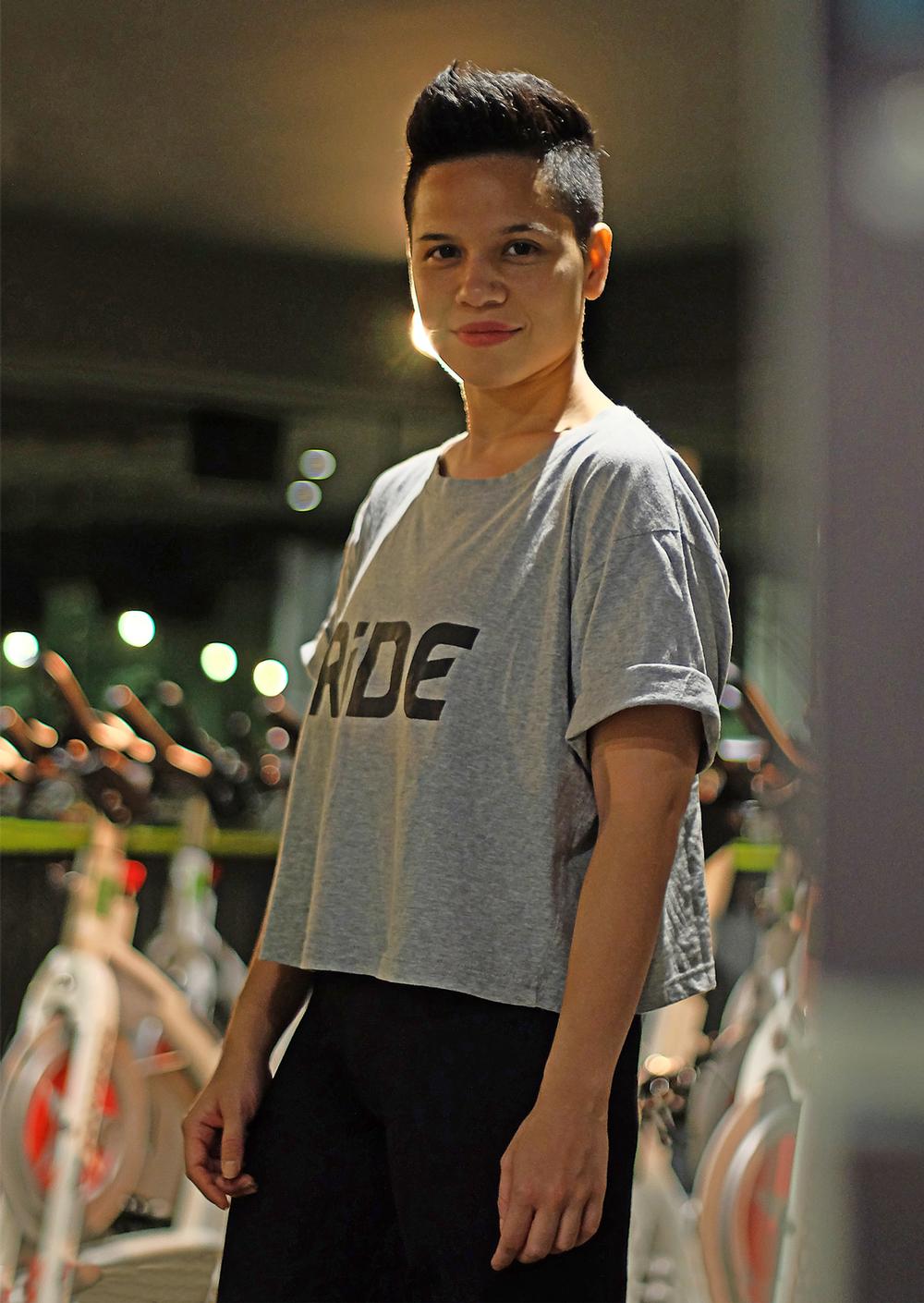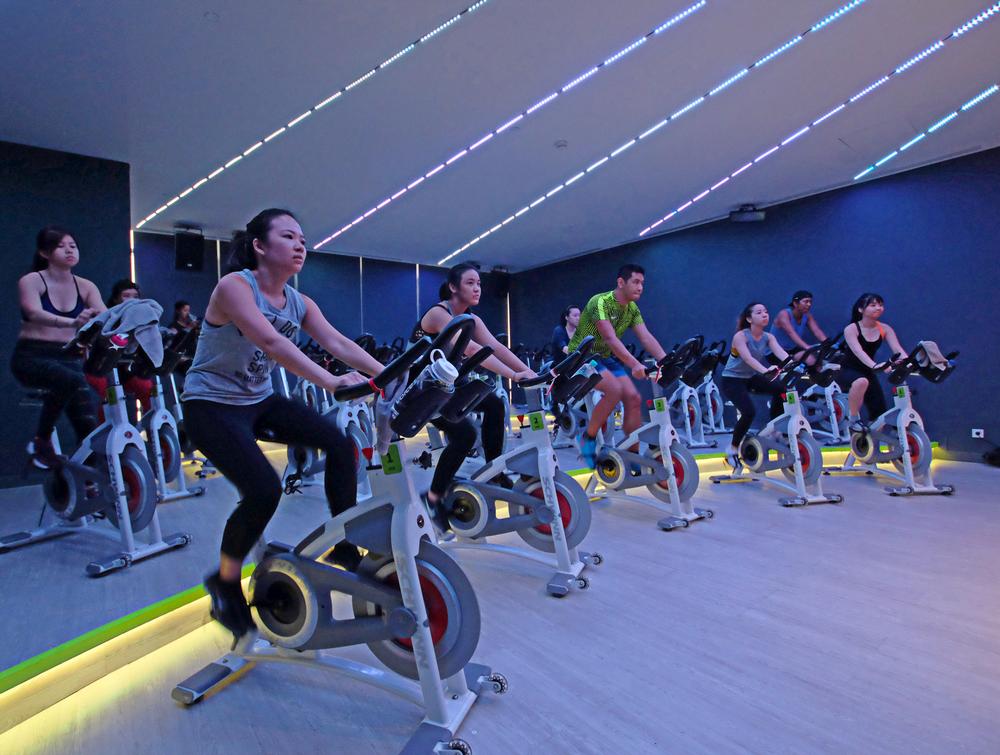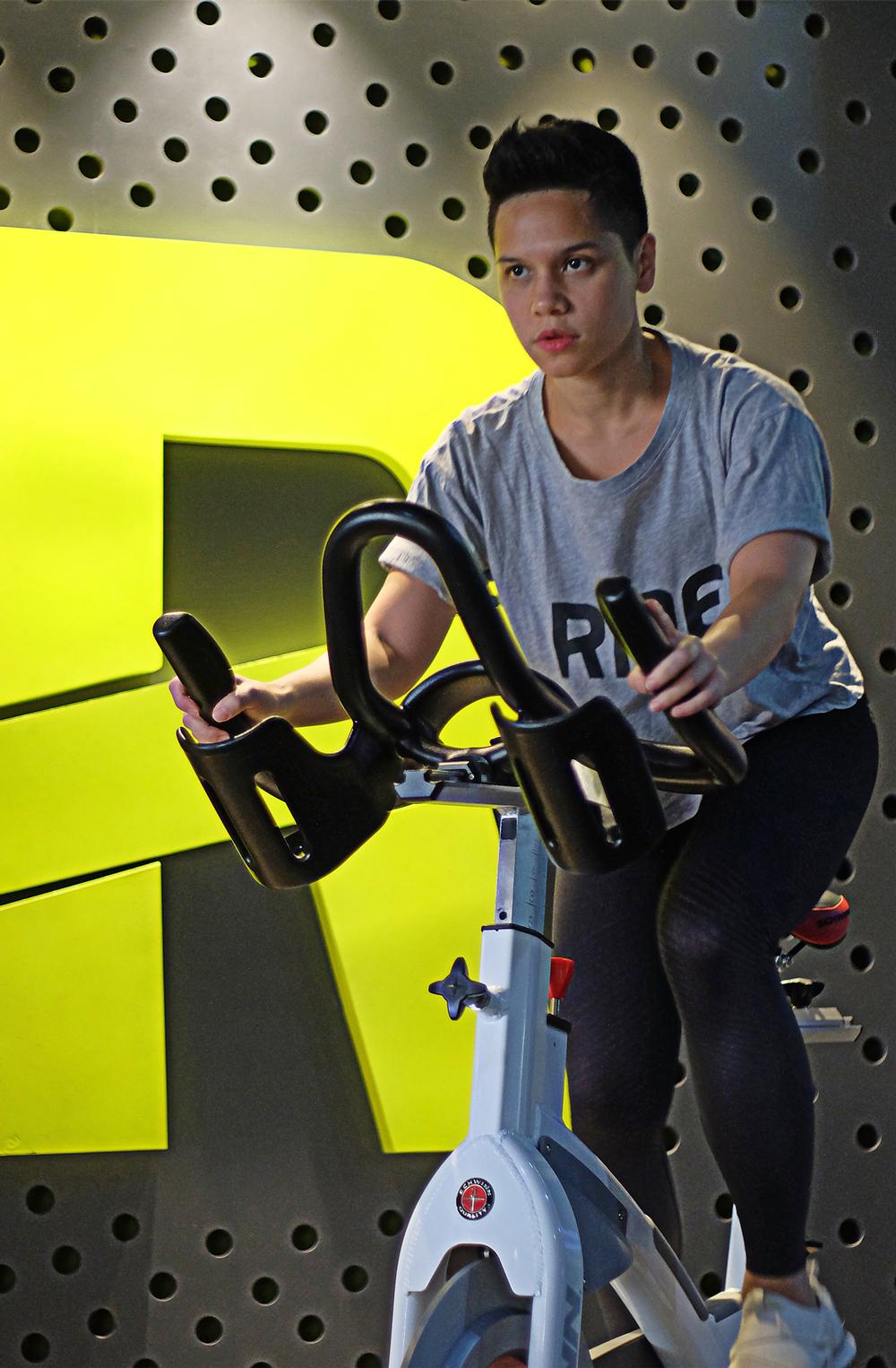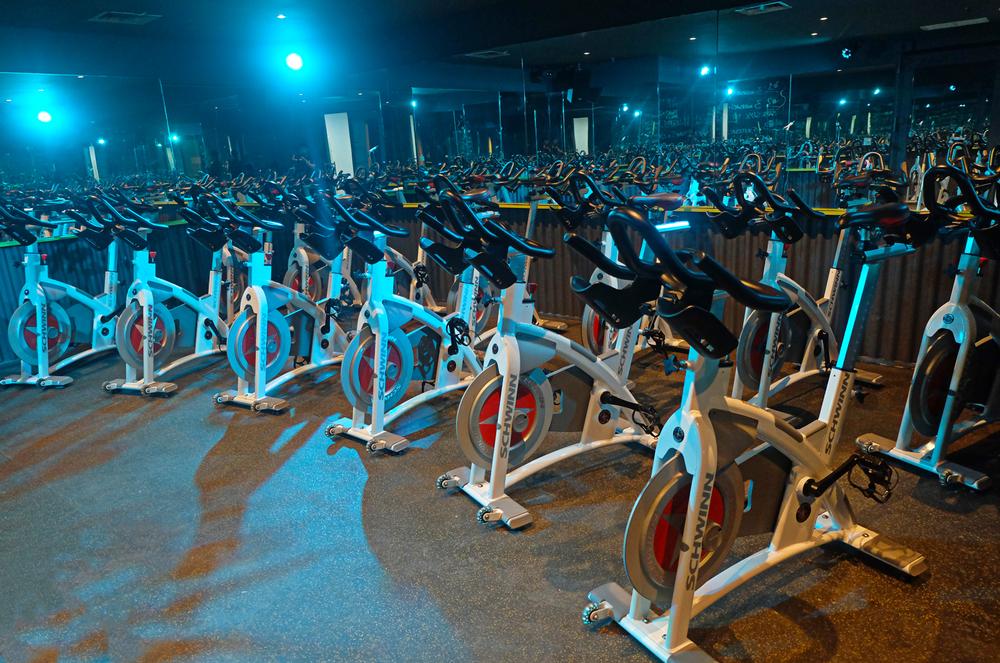What’s your background?
I’m originally from the US, from Boston, and I went to college at the University of Chicago. After college, I joined a boutique investment banking firm that specialises in the energy sector. This wasn’t necessarily my passion, it was just something I got into when I was 22 but it taught me a lot about business development and the art of negotiations.
At 27 I felt like I was going through a midlife crisis and I didn’t know what I really wanted to be doing. So I went to business school – Wharton – because the one thing I did love was business.
During business school I worked in a hedge fund specialising in retail – unfortunately, I did this during the Wall Street crash, a time that challenged traditional businesses and corporations, as many people realised that no job is safe and began to pursue an entrepreneurial path.
So I thought, ‘I wonder what it’s like to create a business and sell a lifestyle. Could I do that?’
Why did you decide to launch in Jakarta?
The US was a highly saturated market already. I’m ethnically Indonesian – my parents were political refugees to the US in the 70s, which was why I spent the majority of my life in the US.
But I decided that although I could stay and do it in the US, going to Indonesia would make my life more exciting!
Why cycling?
Cycling means a lot to me personally. I’ve had advanced rheumatoid arthritis since I was 22, and it was really severe. But the way you can help battle the pain and inflammation is with exercise. So I’m very aware of the importance of stress management, sleeping and exercise, to manage my condition.
I loved cycling because it was a low impact exercise, and it felt comfortable on my joints. What matters most is that whenever I cycle, I don’t feel like I’m working out because I lose myself in the experience. That feeling is what I wanted to offer to other people.
At the time, the fitness industry in Asia – and still globally to an extent – mostly cared about calories and looking hot, etc. So the challenge was ‘how do I offer a more positive fitness mindset and create a community that celebrates inclusivity and not insecurity?’
How did you get your first studio off the ground?
RIDE has been around for four years, but I’ve worked on it for five years. It took a year of saving money and figuring out how to launch a brand in a market that has never had this boutique indoor cycling format before.
We were bullish on the market anyway because yoga had been through the same thing in Indonesia years ago, which set the stage for specialised premium lifestyle products. We came in when it was still a very nascent market where there were only about eight boutique players in a city of 25 million people.
Investors weren’t sure how big the market was, and because there were few players they wondered if people were really buying into this fitness lifestyle market.
Fast forward five years and we’re now seeing rapid growth in Southeast Asia. Although some people will see parts of Southeast Asia and say fitness isn’t taking off, the fact is there were eight boutique fitness players in Jakarta in 2014 and now there are about 200 brands. There are boutique studios opening literally every week. It’s stunning.
How did you attract an audience?
We had to approach it from a community driven standpoint. You can’t win on functionality, because you could technically cycle anywhere. We had to take an almost emotional approach to marketing the brand.
The good news is we relied on data in a big way, where we looked at demographics to understand our target market and tailor our product to that market.
For the first three years, our target market was 80 per cent female, middle to upper class, and they tend to spend on lifestyle experiences. We then diversified into R Fitness, and begin offering circuit training and yoga, and changed our positioning to make our product more affordable. This expanded our demographic and attracted people who have never tried fitness before.
And how have you grown the brand?
The first two years were very tough. We burned through a lot of capital because building anything in Indonesia is challenging, especially from a bureaucratic standpoint. Not to mention that we have to pay 100 per cent import tax on a lot of things.
In the beginning we really had to work on word of mouth and social media. A lot of it was experimenting with the best way to educate and show the market what a RIDE class entails.
We got to a point where we were breaking even, and then profitable, which was nice, but my larger business mindset went, “no, let’s shoot for the stars and make this one of the biggest fitness brands if we can because YOLO!”
Hence we needed outside capital. In 2017 we went to raise venture capital funding, which was unheard of then for a boutique fitness studio in southeast Asia. We were shut down by about 60 investors.
To this day, my co-founder and I don’t mind having our ownership diluted, because our goal is to see how far we can push this brand. Besides, the value of outside investors isn’t just the money. It’s the years of experience in building businesses and helping their companies reach for the stars. I believe that if you want to go far, go together, if you want to go fast, go alone.
So did you eventually find an investor?
So after being rejected about 60 times and getting depressed and doubting myself, there was this venture capital called Intudo Ventures and they were the first to come on board.
Intudo, at the time, was in a similar boat. It was only their first few months operating. So we both had big dreams. They were the first one who gave us a chance and they brought in other incredible investors, including East Ventures.
We raised a seed round in 2017, and this made us the first boutique fitness brand in all of Southeast Asia to ever raise venture capital backing, which was positive for the industry as it signalled that the industry had growth potential.
Since then we’ve built several more studios and worked on a stronger branding by building content and improving the company. We have to keep creating the groundwork to build a more scalable business that continues to challenge the industry.
What are your future plans?
I want to keep building our brand and merge online and offline seamlessly. And to continue launching new products and be open to mergers and acquisitions.
In the end the brand itself doesn’t really matter. The real question should be can we add value to people, their lives and their confidence? That’s the bigger picture for us.



























































